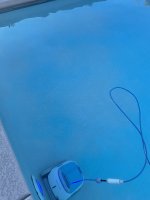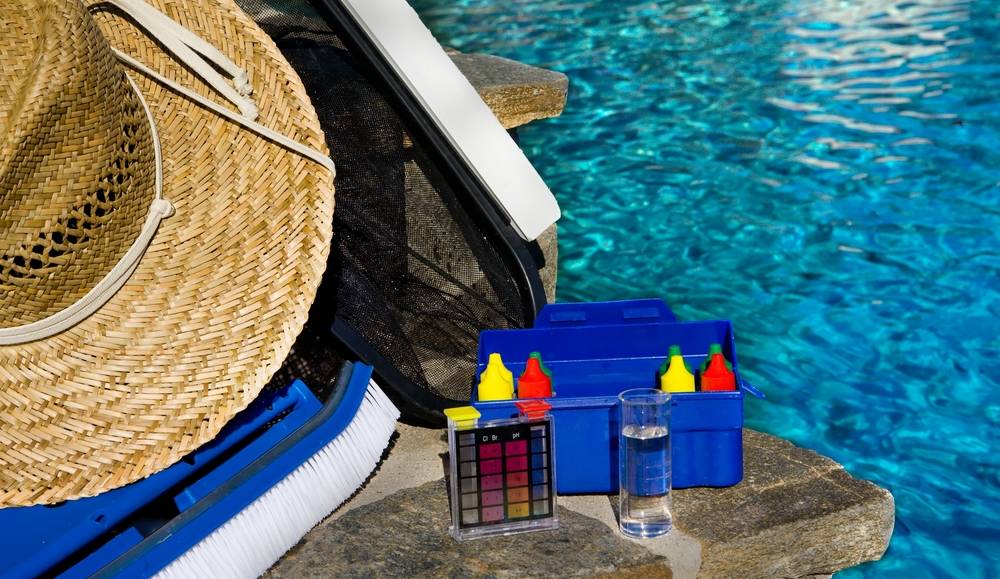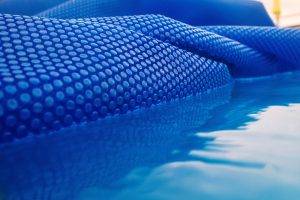Our pool was completed April 2020. We have a white plaster chlorine pool (but it is UV/ION so it uses a bit less chlorine than a "normal" chorine pool)
It is 18,000 gallons. I have TWO issues going on with my pool plaster...but after SCOURING these forum I think I have figured out the answer to one of the problems. I have Plaster etching. This explains the little white dots (small and large) all over my plaster.
BUT, I need help with the SECOND issue. I have "Staining". I am hoping someone here can help me identify the issue and possibly figure out how to get rid of them.
First of - Chemical Levels (we check these every 5 days in the winter and every 3 days Spring, Summer and Fall)
FC = 3 - We do a good job of maintaining this, but it does drop low sometimes
TC = 3/6 (6 is the total Bromine)
TA = 180 (this is high....but we can never figure out how to get it lower...since everything else is measuring within range)
Ph = 7.8
Hardness = 1000+ (We don't know how to get this level down...but it always registers high in winter and then over summer it is more in range)
Cya = 100
Here is what I know:
- We live in Vegas, so the water is "hard" and full of calcium
- It is not calcium build-up paired with dirt. The area was rough...but we sanded it. It is now smooth but the stains remain
- We recently treated our pool with the "Bosh Chemical Vanish Pool Sail remover" (citrus based) so I know the stains are not removed using a "citrus" based cleaner. This treatment did work great on removing some other stains we had (related to using the wrong sand paper...ekk!)
Any help would be GREATLY appreciated! It kills me to see our pool not look pristine and new! These are the best photos I could get. The stains show up much better when it is cloudy....
It is 18,000 gallons. I have TWO issues going on with my pool plaster...but after SCOURING these forum I think I have figured out the answer to one of the problems. I have Plaster etching. This explains the little white dots (small and large) all over my plaster.
BUT, I need help with the SECOND issue. I have "Staining". I am hoping someone here can help me identify the issue and possibly figure out how to get rid of them.
First of - Chemical Levels (we check these every 5 days in the winter and every 3 days Spring, Summer and Fall)
FC = 3 - We do a good job of maintaining this, but it does drop low sometimes
TC = 3/6 (6 is the total Bromine)
TA = 180 (this is high....but we can never figure out how to get it lower...since everything else is measuring within range)
Ph = 7.8
Hardness = 1000+ (We don't know how to get this level down...but it always registers high in winter and then over summer it is more in range)
Cya = 100
Here is what I know:
- We live in Vegas, so the water is "hard" and full of calcium
- It is not calcium build-up paired with dirt. The area was rough...but we sanded it. It is now smooth but the stains remain
- We recently treated our pool with the "Bosh Chemical Vanish Pool Sail remover" (citrus based) so I know the stains are not removed using a "citrus" based cleaner. This treatment did work great on removing some other stains we had (related to using the wrong sand paper...ekk!)
Any help would be GREATLY appreciated! It kills me to see our pool not look pristine and new! These are the best photos I could get. The stains show up much better when it is cloudy....
Attachments
Last edited:













